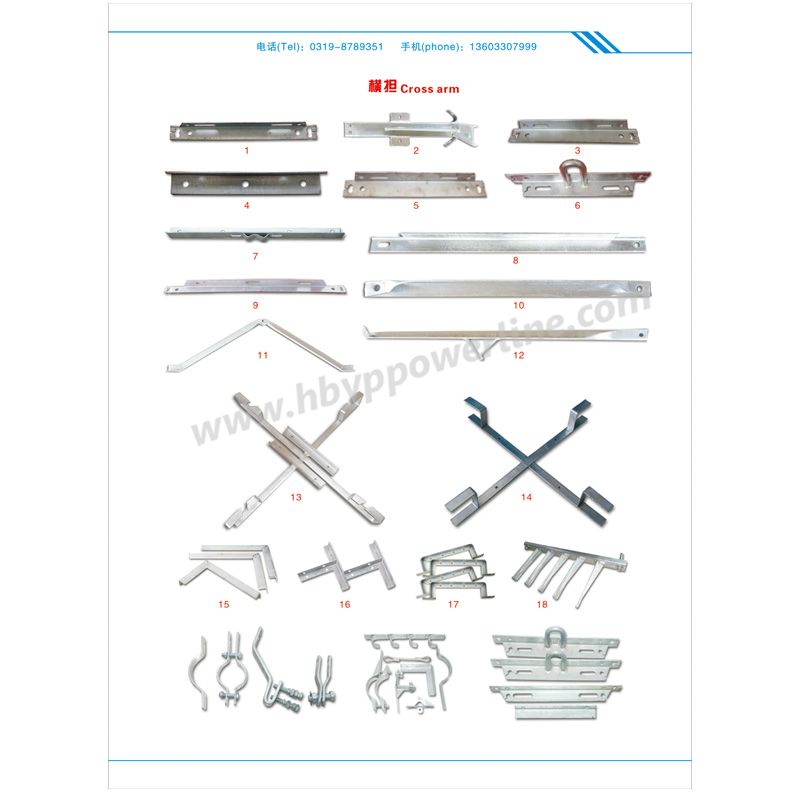What is the main function of the cross arm?
The main function of a cross arm, also known as a crossarm or cross brace, is to provide structural support and stability to utility poles, such as those used in electrical distribution and telecommunication networks. Cross arms play a vital role in ensuring the integrity and functionality of these utility poles. Here are the primary functions of a cross arm:
Support for Equipment and Cables: Cross arms serve as a horizontal platform or mounting point for various equipment, fixtures, and cables. This includes electrical insulators, transformers, conductors, communication lines, and other hardware used in utility infrastructure. The cross arm helps distribute the weight and load of these components evenly along the length of the utility pole.
Maintaining Cable Separation: In electrical distribution systems, cross arms are used to support insulators and maintain the separation between electrical conductors (wires or cables). This separation is critical to prevent electrical arcing or interference between conductors, which could lead to power outages or safety hazards.
Stabilizing Utility Poles: Cross arms add lateral stability to utility poles, preventing them from swaying or leaning under the force of wind, ice, or other environmental factors. They help maintain the vertical alignment of the pole, ensuring that the utility lines remain in the correct position.
Distributing Loads: Utility poles are subjected to various loads, including the weight of overhead lines, transformers, and the effects of wind and ice. electrical Cross arms distribute these loads to the pole structure, reducing stress concentrations and preventing structural failure.

Accessibility for Maintenance: Cross arms are designed to facilitate easy access for maintenance and repair activities. Technicians can safely climb the pole and work on equipment attached to the cross arm, such as insulators or transformers.
Aesthetic Considerations: Cross arms are often designed to blend in with the surrounding environment and maintain the overall aesthetics of utility poles. In urban and residential areas, aesthetics play a significant role in minimizing the visual impact of utility infrastructure.
Versatility: Cross arms come in various sizes and configurations to accommodate different utility pole designs and the specific requirements of electrical or telecommunication networks. They can be customized to suit the needs of a particular application.
Safety: Properly installed and maintained cross arms enhance the safety of utility poles by preventing equipment and cables from coming into contact with the ground or other objects. This helps reduce the risk of electrical hazards, cable damage, and service interruptions.
In summary, the main function of a Yipeng cross arm is to provide structural support, stability, and load distribution for utility poles, ensuring the safe and efficient operation of electrical distribution and telecommunication systems. They are integral components of utility infrastructure, playing a crucial role in maintaining the reliability and safety of these networks.



